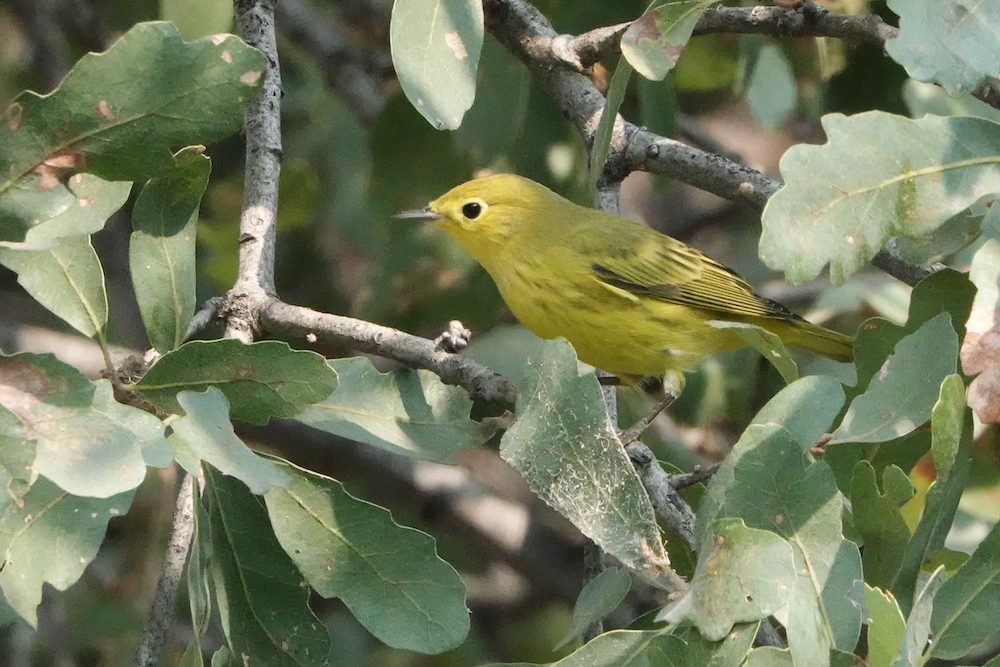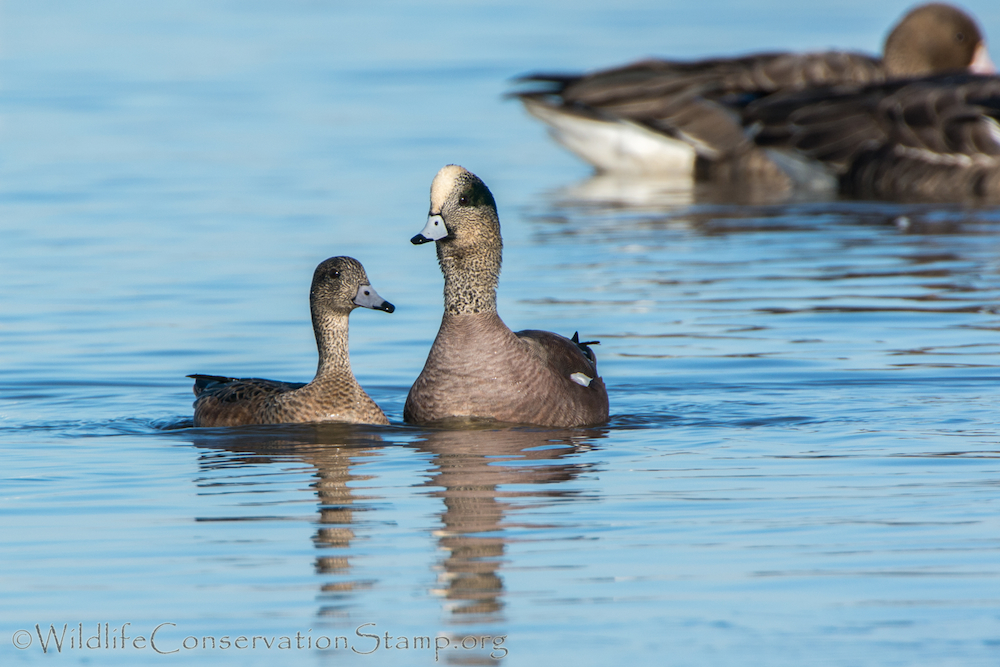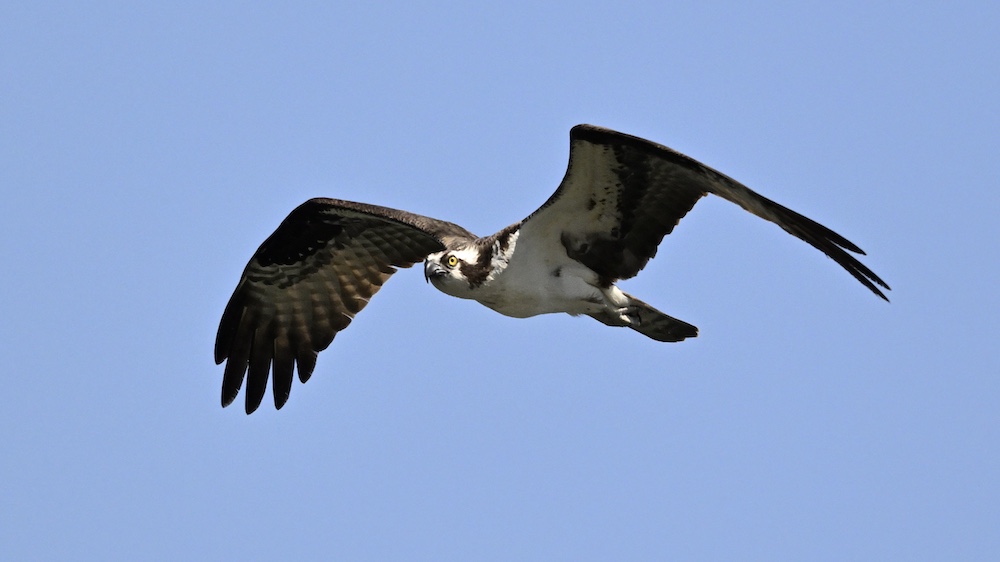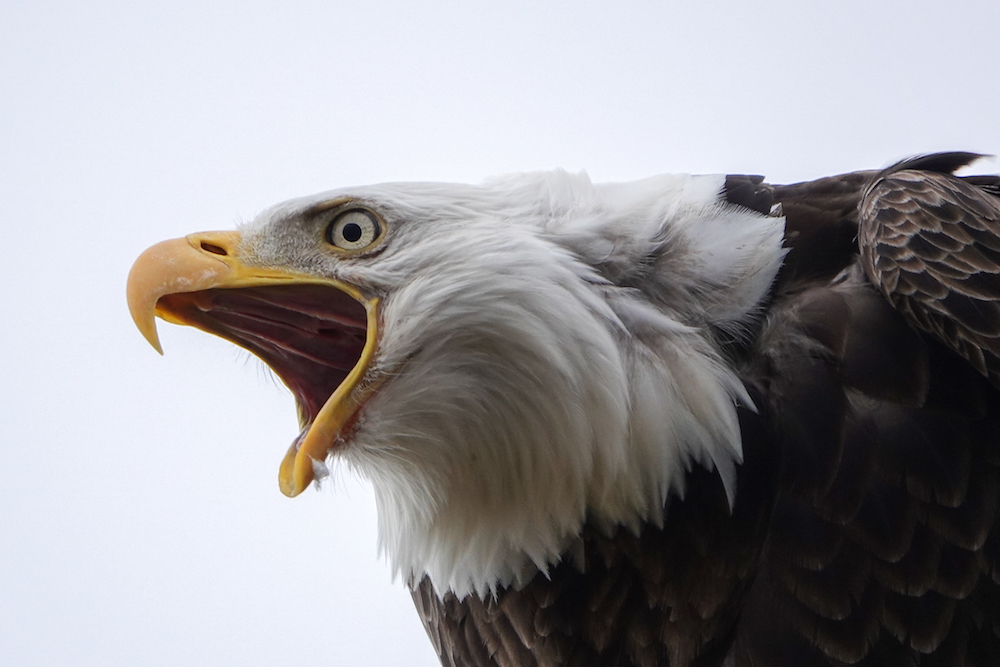
Location of where we will meet: Parking area southeast of Kiddyland to the far right near the picnic area.
Walking distance estimated at 2.5-3 miles (4-5 km)
Welcome back to Shasta Birding Society’s 2024-25 Season and active calendar of events. Grab your favorite optics and come join us for this no fee event.
This first Saturday in September we are kicking off the season with a bird walk of Anderson River Park. This 440-acre recreational facilities managed by the City of Anderson has a vast network of trails and diverse riparian habitat. On trail conditions you should expect fairly level areas for walking variation of paved, dirt, and gravel surfaces. At times we might be sharing the trail with runners, bicyclists, pet walkers, and in specific areas horseback riders.
All these trails will offer scenery of the Sacramento River, various ponds, open fields, and heavily wooded areas of natural flora with a mix of evasive plant species as well.
It is recommend that you bring comfortable footwear, plenty of water, snacks, and insect repellant.
Trip Leader: Dan Bye, contact me by danbye56@gmail.com for more information.





